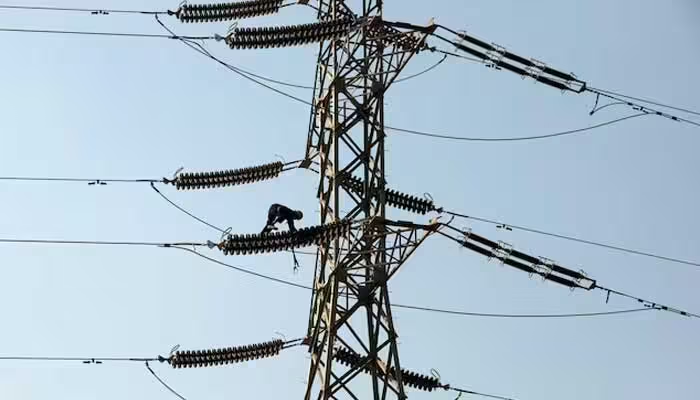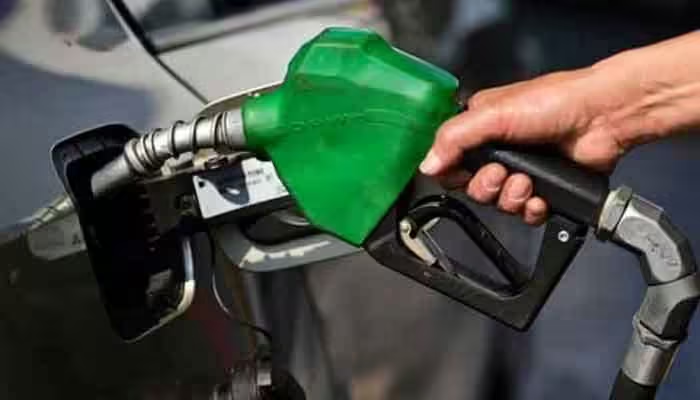Tesla Inc. reported record third-quarter revenue that exceeded Wall Street expectations on Wednesday, driven by a surge in electric vehicle (EV) sales as U.S. buyers rushed to take advantage of a federal EV tax credit before it expired last month.
Despite the revenue milestone, Tesla’s profit fell short of analyst forecasts due to higher tariff and research costs, alongside a decline in income from automotive regulatory credits, which have been shrinking under new legislation passed by the Trump administration.
Tesla recorded $28.1 billion in revenue for the quarter ending September 30, surpassing the average analyst estimate of $26.37 billion, according to LSEG data. However, earnings per share came in at 50 cents, below expectations of 55 cents.
The company’s gross margin was reported at 18%, slightly above forecasts, while its automotive gross margin excluding credits stood at 15.4%, compared to estimates of 15.6%. Regulatory credit revenue fell to $417 million, down from $739 million a year earlier.
Tesla’s $1.45 trillion valuation continues to hinge largely on investor confidence in Elon Musk’s pivot toward AI and robotics, even as traditional vehicle sales remain the company’s main revenue stream. Shares fell 4% in after-hours trading following the results.
Tariffs, Research Costs, and Rising Expenses
Chief Financial Officer Vaibhav Taneja revealed that U.S. tariffs on imported auto parts cost Tesla over $400 million during the quarter. Operating expenses surged by 50%, driven by AI research, stock-based compensation, and other R&D projects. Taneja also projected higher capital expenditures by 2026.
Investment adviser Shawn Campbell of Camelthorn Investments remarked that the results “gave both Tesla fans and critics something to talk about,” adding that the mixed performance is unlikely to sway entrenched opinions on the company.
Lower-Cost Models and Demand Challenges
With the expiration of tax credits threatening EV demand, Tesla recently launched lower-priced “Standard” versions of the Model Y and Model 3, cutting features and reducing prices by $5,000–$5,500. Analysts, however, caution that the move may pressure profit margins, as cost reductions per vehicle may not fully offset the lower prices.
Tesla’s energy division posted strong results, with an 81% increase in storage deployment, while Musk reaffirmed that production of the Cybercab robotaxi, Semi truck, and Megapack 3 battery remains on track for 2026.
Musk also said Tesla aims to start limited production of its humanoid robot “Optimus” by late 2026, signaling continued investment in automation.
Robotaxi Expansion and Long-Term Outlook
Tesla has already launched a limited rollout of its self-driving robotaxi service in Austin, Texas, with Musk predicting that fully driverless operations could begin in parts of the city this year and expand to 8–10 U.S. metro areas by year’s end.
Despite short-term uncertainty, some investors remain optimistic. Nancy Tengler, CEO of Laffer Tengler Investments, said she remains bullish on Tesla’s three- to five-year outlook, calling Musk a “determined CEO” who has a track record of eventual success despite setbacks.
Wall Street analysts, however, forecast an 8.5% decline in Tesla deliveries in 2025, citing the loss of tax incentives, aging vehicle models, rising competition, and Musk’s polarizing political stance, which may deter some buyers.



